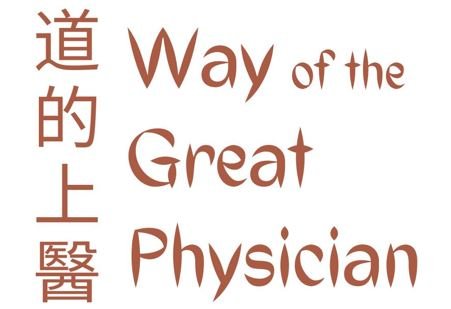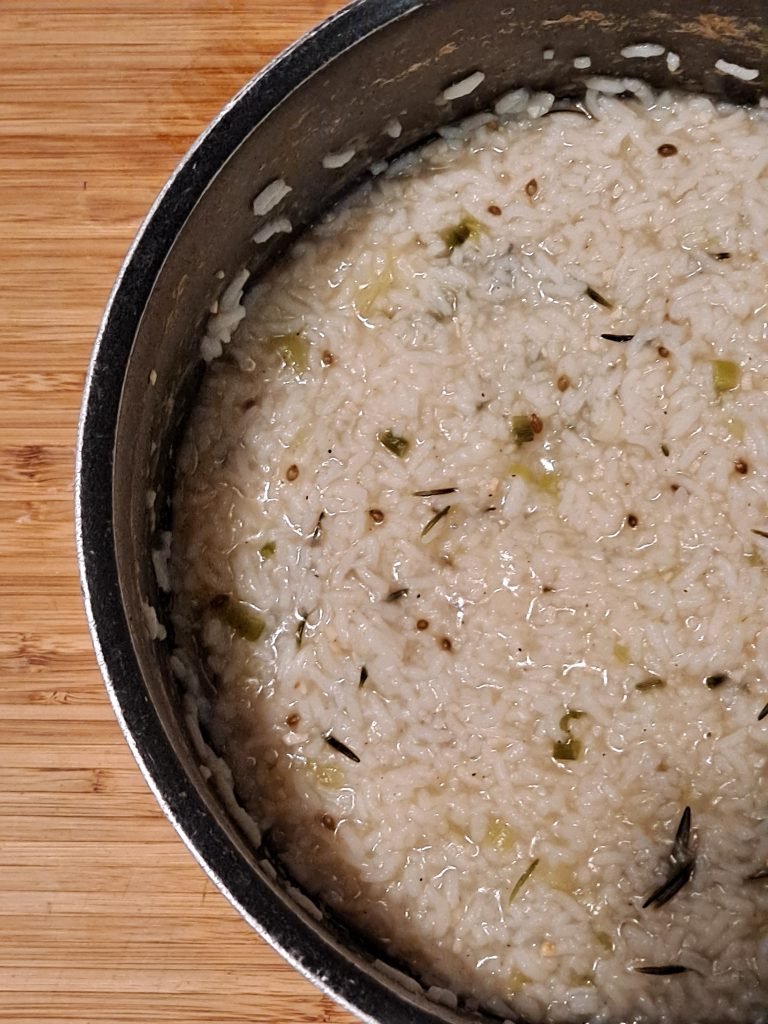It’s amazing how much rides on a 23.5° tilt of our planet (1). If our planet didn’t tilt, around the equator would always be burning hot and the poles would be freezing. The tilt gives us seasons. Some times of the year each hemisphere gets more or less direct sunlight, thus impacting temperature, climate, biomes, plants, and animals. Things that are commonplace, such as the migration of birds in the winter, would not occur without the tilt.
On and in our spinning, tilting earth, are 92 naturally occurring elements, found on the Periodic Table. It is of those elements, 26 to be exact, that God made our bodies (2). “And the Lord God formed man of the dust of the ground, and breathed into his nostrils the breath of life; and man became a living soul” (3). As beings created from the dust of the earth, we are deeply connected to it. The changing seasons impact our bodies as much as it impacts this planet we call home.
The ancient Chinese were very aware of our connection to nature due to their roots in nature-centric Daoism. They identified twelve organs of the body and saw how they connected to each other not just physically, but energetically. They saw how the organs connected to the five elements, what is happening in nature, specific zodiac animals, seasons, and months of the year starting with Chinese New Year in February.
This year, on this blog, we will follow the seasons. Each month, you can look forward to the following information:
- The organ of the month and what that organ does physically and energetically in the body according to Chinese medicine.
- Associated season and other pertinent cosmological connections. Chinese cosmology is the study of how the ancient Chinese viewed how the cosmos and nature in general worked together.
- Application and things to think about that month in relation to movement, nutrition, and spirit.
Before we dive into that, here is some context.
Overview of the Chinese Calendar
The Chinese calendar is lunisolar with twelve months either 29 or 30 days (4). The first day on the calendar, Chinese New Year, is on the new moon of February 10th, 2024. In Chinese, the month names are simply numbered, unlike the unique month names of the Gregorian calendar which we use. February is 一月 (yi yue), meaning “one moon” or the “first moon/month.” March, as the second month of the Chinese calendar, is 二月 (er yue), or the “second month.” April is 三月 (san yue), the “third month,” and the pattern continues.
The Chinese recognize four seasons and five elements. Each element associates with a season with the extra element standing in for a transition period between the season. Wood is spring, when things are growing. Fire is summer, when it’s hot. Metal is autumn, when nature’s energy retreats inward. Water is winter, when it’s cold. As stated previously, Earth is the transition between the seasons, occasionally being associated with the late summer or harvest time of the year. For the sake of this year-long exploration, the Earth element will be the between-season transition time.
Each month is further associated with an organ of the body. The Chinese have a specific order or organs of the body that Qi has been found to travel through. During each month, the Qi of a different organ is stronger.
The patterns of elements and organs are as follows:
| Gregorian Month Names | Chinese Month Numbers | Associated Element | Organs |
| February | 1 | Wood – Spring Month 1 | Lung |
| March | 2 | Wood – Spring Month 2 | Large Intestine |
| April | 3 | Earth – Transition/Transformation | Stomach |
| May | 4 | Fire – Summer Month 1 | Spleen |
| June | 5 | Fire – Summer Month 2 | Heart |
| July | 6 | Earth – Transition/Transformation | Small Intestine |
| August | 7 | Metal – Autumn Month 1 | Bladder |
| September | 8 | Metal – Autumn Month 2 | Kidney |
| October | 9 | Earth – Transition/Transformation | Pericardium |
| November | 10 | Water – Winter Month 1 | Triple Warmer |
| December | 11 | Water – Winter Month 2 | Gallbladder |
| January | 12 | Earth – Transition/Transformation | Liver |
This year I am excited to dive in with you and better learn, follow, and apply the energy of the month to better support all the aspects of my mind, body, and spirit. Check back monthly for more insights!
Note: Each month has an element associated with it. Alternatively each organ has an element associated with it, as discussed in this article. The month elements and the organ elements are not always the same, but provide greater context to the symbolism of the month.
Sources:
- National Weather Service. What Causes the Seasons? Weather.gov. Accessed December 2023. https://www.weather.gov/fsd/season#:~:text=This%20is%20why%20the%20Earth’s,path%20of%20the%20Sun’s%20energy.
- Ask a Biologist. What Elements Are Found in the Human Body? Arizona State University. Published September 27, 2009. Accessed December 2023. https://askabiologist.asu.edu/content/atoms-life.
- Genesis 2:7
- Britannica, T. Editors of Encyclopaedia. Chinese calendar. Encyclopedia Britannica. https://www.britannica.com/science/Chinese-calendar. Updated October 31, 2023. Accessed December 2023.










